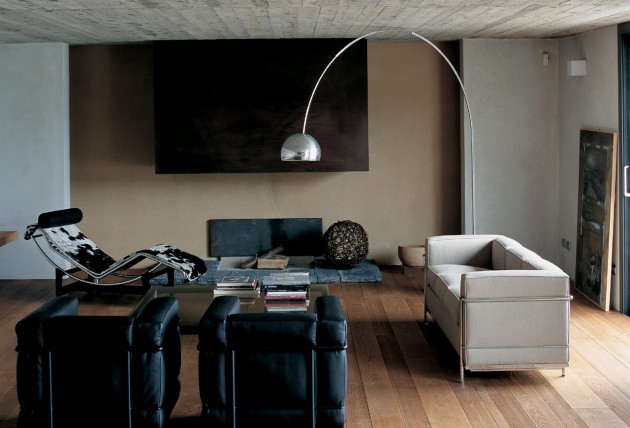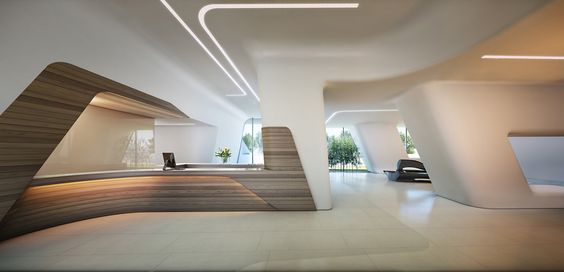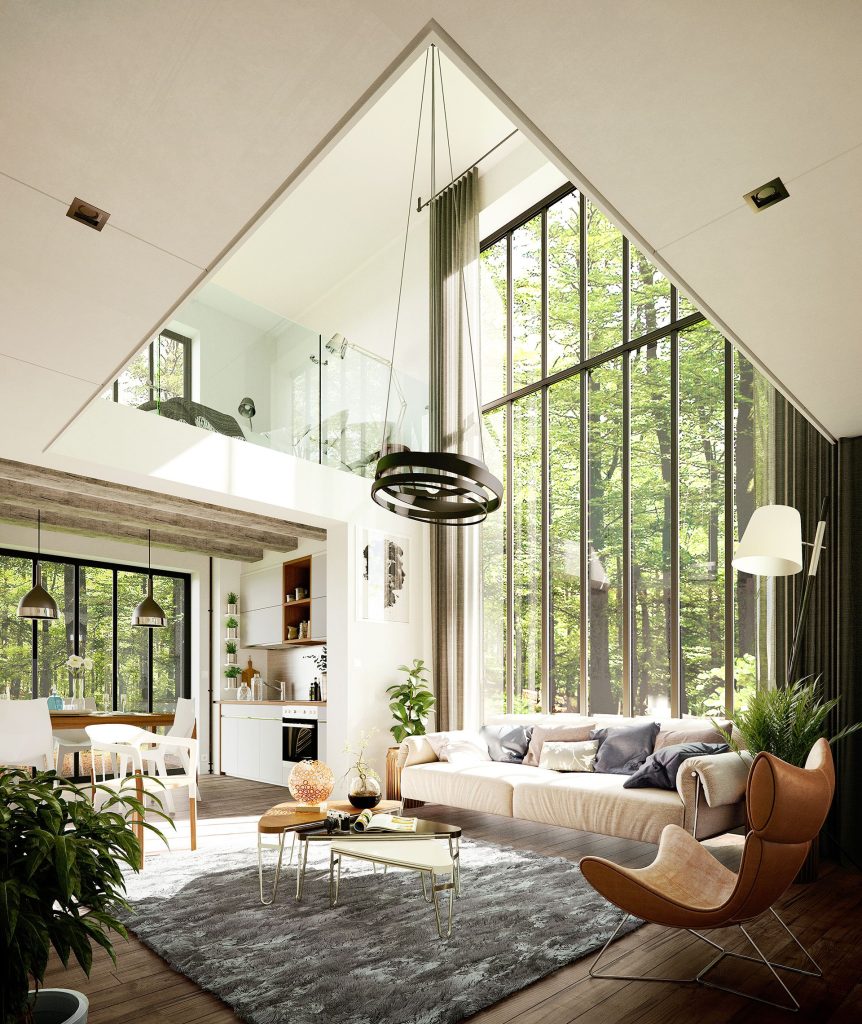The debate surrounding the importance of having a signature style in the realm of architecture and design is far from straightforward. On one side, professionals are encouraged to cultivate their distinct style, as exemplified by iconic figures like Carlo Scarpa, Zaha Hadid, and Le Corbusier. These luminaries have not only defined their unique aesthetics but have also established a strong brand identity.

Credit : Le courboisier

Credit: Zaha Hadid Architects _ Milano city_life
The Definition of a signature style
A signature style is a distinctive and recognizable approach, aesthetic, or set of design elements that consistently define the work of a creative professional, whether in architecture, design, art, or any other field. It’s characterized by unique patterns, themes, color palettes, materials, and design choices that set the creator’s work apart from others. A signature style helps create a cohesive and recognizable brand identity, making the artist or designer easily identifiable to their audience.
However, delving into the dichotomy of whether this pursuit is rooted in creative expression or strategic marketing reveals a facet that often goes overlooked: the end user’s perspective.
Unless one is an artist who employs materials such as paint, sculpture, paper, textiles, and more to manifest a personal vision, the adoption of a particular style tends to be a calculated marketing move. This marketing choice, though, must be underpinned by congruent values that align not only with the designer’s ethos but also resonate with their target audience.
Where do you incorporate your values?
If you’ve found your way here, chances are you’ve recognized the necessity of embracing nature’s essence in all facets of life, business, and our planet’s wellbeing. Your intention to infuse this reverence for nature into your design practice signifies a commitment to biophilic design principles whenever feasible. This decision entails positioning yourself as a sustainable interior designer with nature at the core of your creations. By doing so, you’re not just articulating your values but also carving out a distinct niche for yourself. Consistency becomes paramount.
And the winner is….. Marketing
Amid the interplay of discovering our aesthetic and defining our signature style, refining it to align with our core values, and building a business that resonates, what surfaces in the eyes of the consumer is the presentation of our brand in the market. A significant portion of our choices, unknowingly, is intricately tied to the realm of marketing. This fact remains undeniable, even if we might be hesitant to acknowledge it.
Embracing this reality, however, can be a pivotal strategy. Speaking to the needs and desires of the market draws in customers who can sustain our company’s growth over the long term. Thus, the delicate equilibrium between personal aesthetics, core values, and marketing imperatives becomes ever more apparent. In this symbiotic relationship, marketing takes the lead in steering our brand’s trajectory towards success.

credit: home-designing .com _ Loft in the forest
Flexibility
However, there’s a caveat: every individual’s journey varies. They might carry baggage from past experiences that necessitate consideration; their daily lives might clash with their aspirational ideals. This necessitates a profound understanding of their true needs. Even before the first pencil touches paper, dedicating time to comprehend your potential client’s unique circumstances during the onboarding process becomes imperative.
In fact, a captivating conversation on this very subject with environmental psychologist Toby Israel sheds light on the importance of such empathetic engagement (for access, join our community and explore the interviews). This further reinforces the notion that while your design’s signature might remain resolute, it should not be devoid of flexibility.
The ultimate question emerges: where do you position yourself within this paradigm? Your signature design should undoubtedly exude your essence, reflecting your values and principles. However, this embodiment of self cannot be staunchly rigid; it must allow for adaptability. Flexibility accommodates the diverse needs of your clients and the evolving dynamics of the design landscape.
Consider a scenario where you fuse natural elements into a minimalist interior. While your signature may center around this fusion, the specifics can adjust to accommodate individual clients. Their unique histories, preferences, and requirements shouldn’t be overshadowed by a rigid adherence to your established style. This blend of consistency and flexibility empowers you to cater to the ever-evolving design expectations while staying true to your core values.
Conclusion
In conclusion, the notion of a signature style is indeed a complex terrain. While it can function as a marketing tool, its foundation must be rooted in genuine values that resonate with both the designer and their clientele. In a world increasingly cognizant of the environment, the intersection of nature-centric design and a well-defined brand identity presents an exciting frontier. Balancing consistency with adaptability emerges as the crux of this endeavor, enabling designers to craft timeless, impactful spaces that embody both their artistic spirit and the needs of those they serve.
